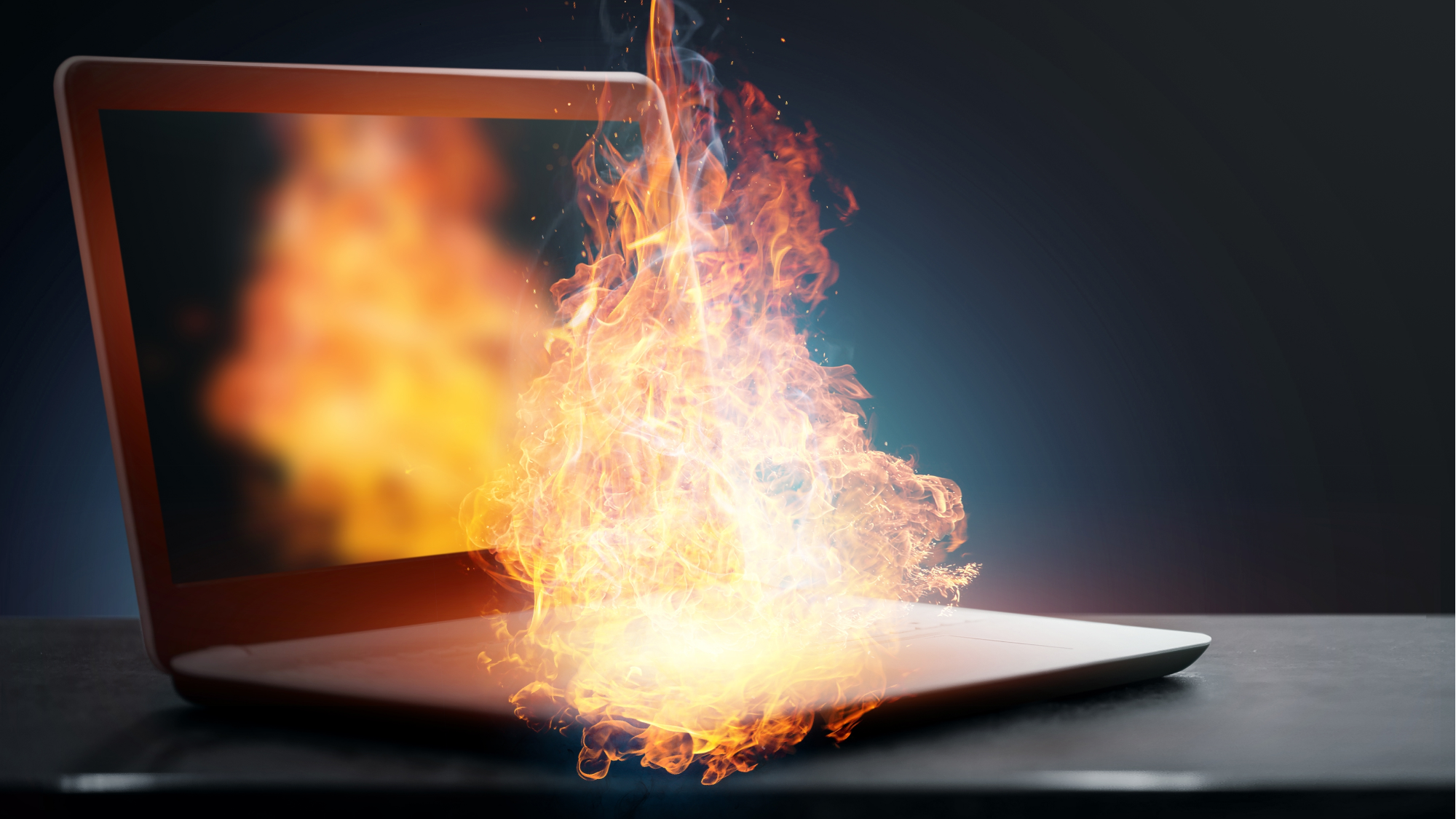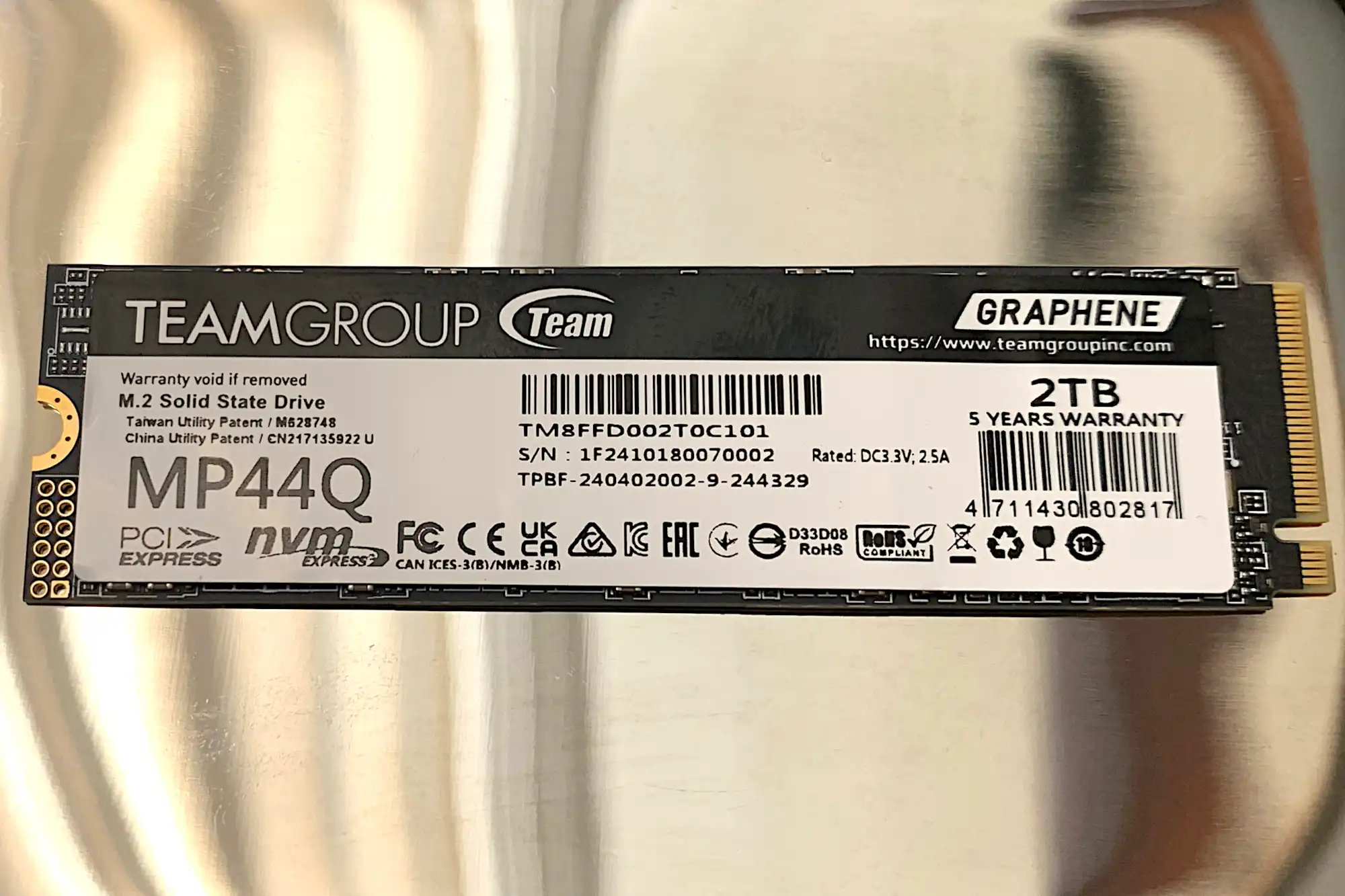Summer is here and temperatures are rising.
Summer is here and temperatures are rising well up 80 degrees Fahrenheit for much of the country. For many, this is a reason to celebrate, as you can finally hit the pool or beach. However, our technology at home can suffer from unrelenting heatwaves.
Laptops are especially susceptible to heat. That’s because the hardware inside of them already generate a good amount of heat, so using them in a hot environment will only further increase the temperature. However, a few tips and the right care can help protect your laptops and other devices from damage.
Tip 1: Monitor heat development
To monitor how your system reacts to heat, you should take a look at monitoring tools. You can also see directly whether the temperatures are affecting the speed of the CPU, GPU, or RAM–all of which are important for gaming.
Unfortunately, there is no direct display for overheating in Windows. However, with applications such as MSI Afterburner, you can read out important information that shows whether your PC or laptop is sweating or is still running optimally.
Tip 2: Choose the right location for your laptop
When it comes to the influence of heat on your PC, the location is not insignificant. If your study or gaming room is the warmest place in the house, you might want to consider moving your PC or laptop to a different location if possible.
If you like to work on your laptop on the balcony while enjoying the sun, you should also remember not to place your laptop directly in the sun or leave it open during your lunch break. Displays are sensitive to heat, so you should close it and ideally take it with you.
Last but not least, you should be careful not to place your laptop or PC on top of another device or, conversely, place another device on top of it. This includes smartphones, power supply units, and other laptops or devices. All of them generate heat themselves and mutually increase the temperature development.
Tip 3: Do not leave the laptop permanently plugged in
If you have a habit of leaving your laptop or PC permanently connected to the power supply in order to keep the battery charge at 100 percent, you should reconsider this, at least in summer. This is because charging the battery generates heat, even if the battery is already full.
It also shortens the life of your battery, which in the long term means that you have to keep your PC plugged in all the time. It’s a vicious circle.
Tip 4: Use a laptop cooler or a fan
If your computer does not have sufficiently powerful fans to keep the CPU and graphics card cool, you can sometimes replace them with a little know-how.
If you’re not confident in your assembling (or disassembling) skills, then consider getting a laptop cooler. This is usually placed under the laptop to reduce heat build up. The whole thing also acts as a laptop stand and ensures that the device is slightly higher than normal so that air can reach it better.
You can only pick up a laptop stand, which lifts the laptop up at an angle, allowing air to reach the bottom. These are even available with small, magnetic nubs to improve air circulation under the device.
Another option is a table fan. This can be cleverly positioned so that the laptop is constantly cooled by the airflow. It is best to use two fans so that air can reach the computer from both sides.
Make sure that you can adjust the angle of inclination so that the cool breeze can work effectively. The fan should also be powerful enough to produce more than just a gentle breeze. Nevertheless, the product does not have to be expensive.





